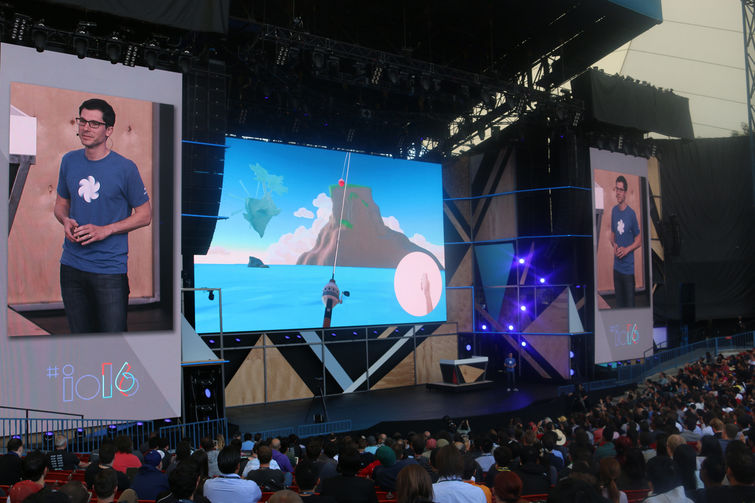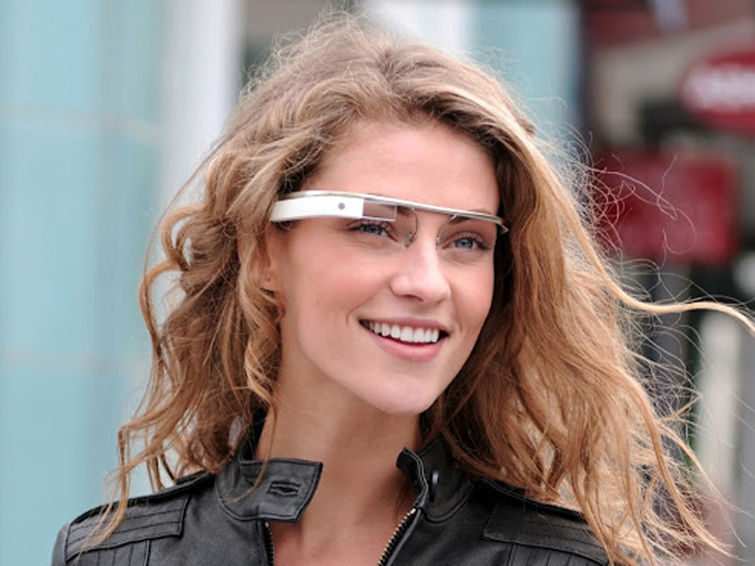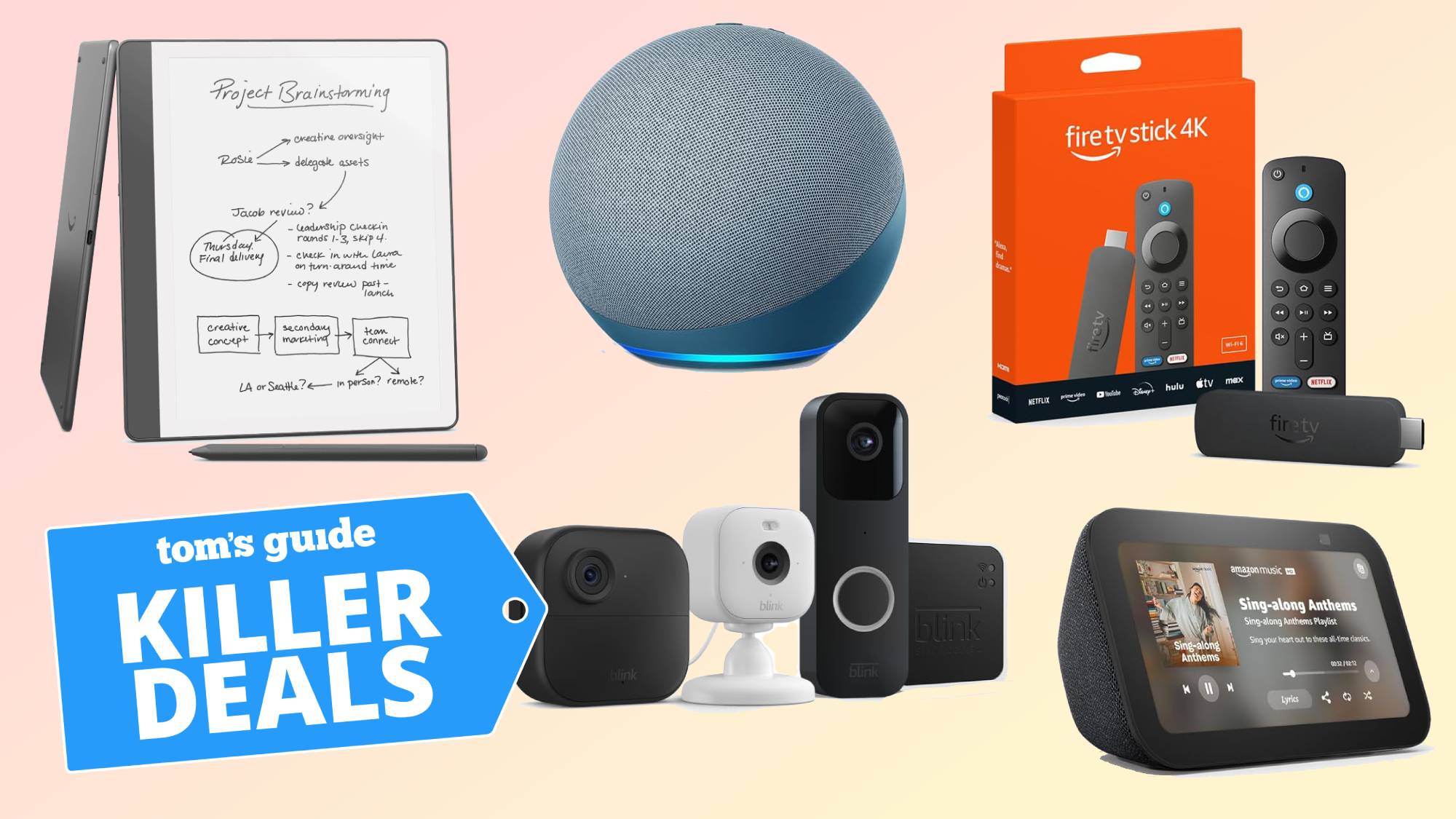Google's AR-VR Headset Could Redeem Glass Flop
Google is reportedly working on a standalone headset that blends augmented reality with virtual reality, which could make up for Google Glass.
What's better, augmented reality or virtual reality? For Google, the answer seems to be both. The company is reportedly working on a standalone headset that blends aspects of AR and VR, which could make up for the embarrassment that was Google Glass while giving Microsoft's HoloLens serious competition.

According to Engadget, sources withing Google say that the company is "working on a dedicated headset that blurs the line between virtual reality and augmented reality." Unlike Google's Daydream VR headset launching this fall, the AR-VR headset in development won't require a phone or PC. There will be a screen, but Google will apparently push way beyond gaming-focused devices like the Oculus Rift and HTC Vive with augmented reality features.
As the Pokemon Go craze shows, there's a big appetite for compelling augmented reality experiences, but the technology has so much more potential than catching digital monsters in the wild. There are augmented reality apps for phones that let you view embedded digital content in posters (Layar), discover nearby restaurants (Yelp's Monocle feature), and get info on nearby landmarks (Field Trip). There's also Google's own Translate, a real-time language translation tool.
MORE: 25 Worst Gadget Flops of All Time
However, having to unlock your phone and fire up an app almost defeats the purpose of AR's real-time benefits. A well-designed headset that didn't look geeky could give you all of the above and more without having to take anything out of your pocket.
Microsoft is a step ahead of Google with its HoloLens mixed reality headset. During a demo, for instance, I replaced a wall switch while someone else talked me through the steps and drew on my field of vision. I could easily see myself paying a company like Home Depot for receiving this sort of real-time advice while I performed other home improvements.
Google is also investing in Magic Leap, a startup that's working on its own mixed reality headset. In various teaser videos, the company has shown how you could bring the solar system to your living room and shop for customizable shoes right in your living room. So far the company has done a much better job at generating hype than providing any solid details, but there's definitely potential there.
Sign up to get the BEST of Tom's Guide direct to your inbox.
Get instant access to breaking news, the hottest reviews, great deals and helpful tips.

When it launched in 2013 to developers, Google Glass was ahead of its time, offering the ability to take pictures with your voice, get GPS directions overlaid on your field of view and answer all sorts of questions. But it also suffered from poor battery life, a confusing interface and a seriously bad reputation for violating privacy before it ever reached mainstream consumers.
Google is positioning the next version of Glass for enterprise and business use, but the true son of Glass could be this AR-VR headset for the masses. The company would just need to do a much better job convincing consumers this time around that the convenience outweighs the trade-offs.
Mark Spoonauer is the global editor in chief of Tom's Guide and has covered technology for over 20 years. In addition to overseeing the direction of Tom's Guide, Mark specializes in covering all things mobile, having reviewed dozens of smartphones and other gadgets. He has spoken at key industry events and appears regularly on TV to discuss the latest trends, including Cheddar, Fox Business and other outlets. Mark was previously editor in chief of Laptop Mag, and his work has appeared in Wired, Popular Science and Inc. Follow him on Twitter at @mspoonauer.

